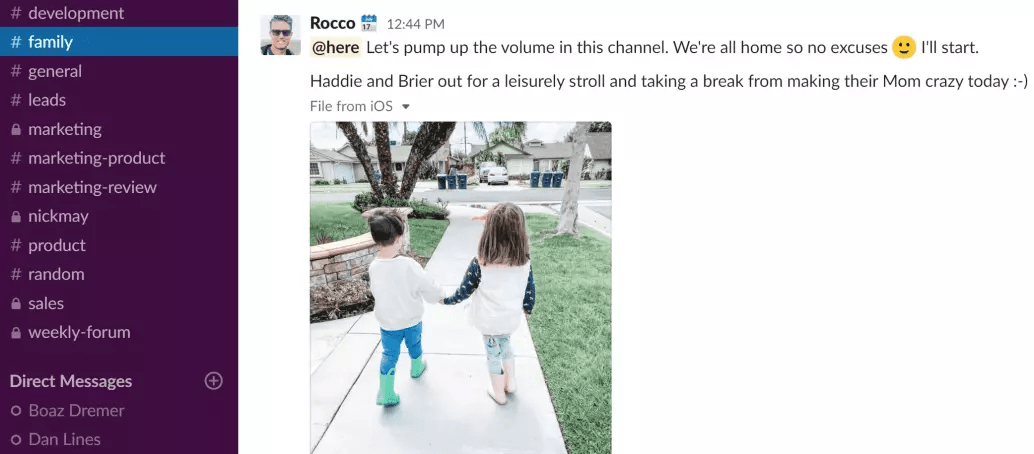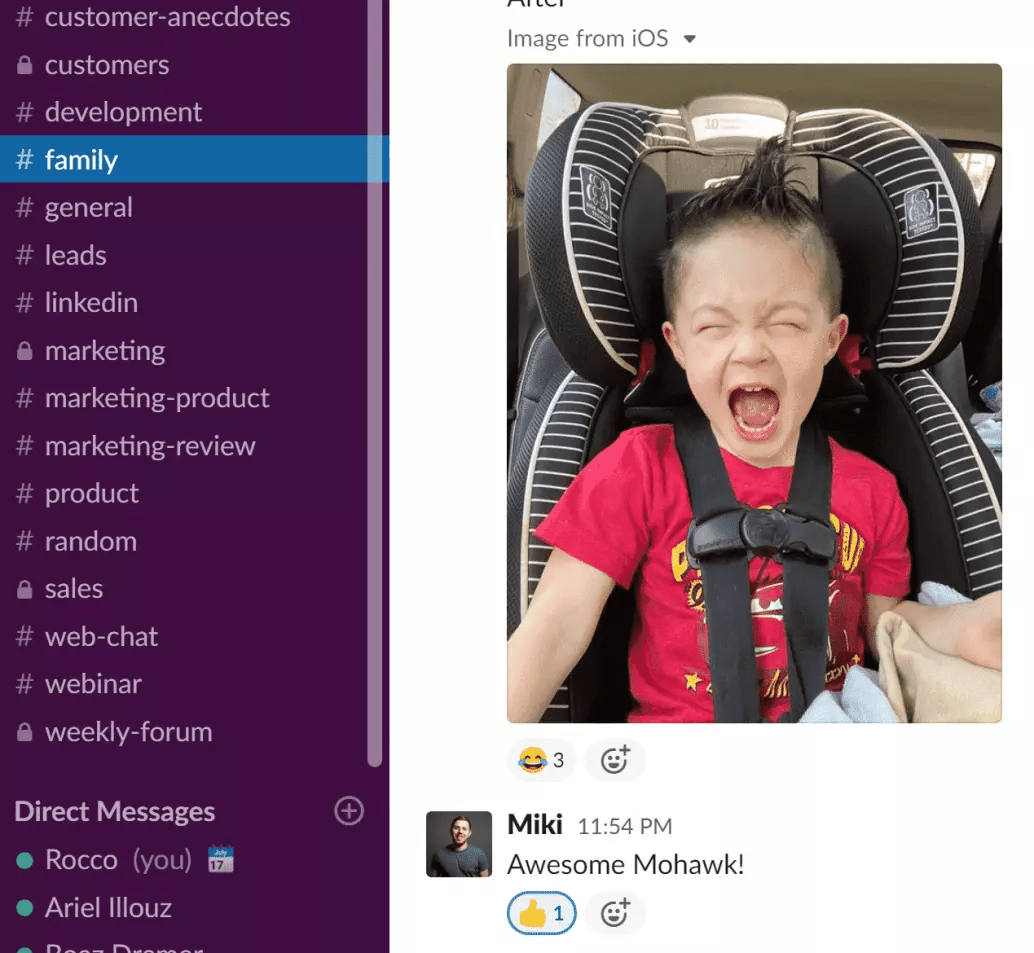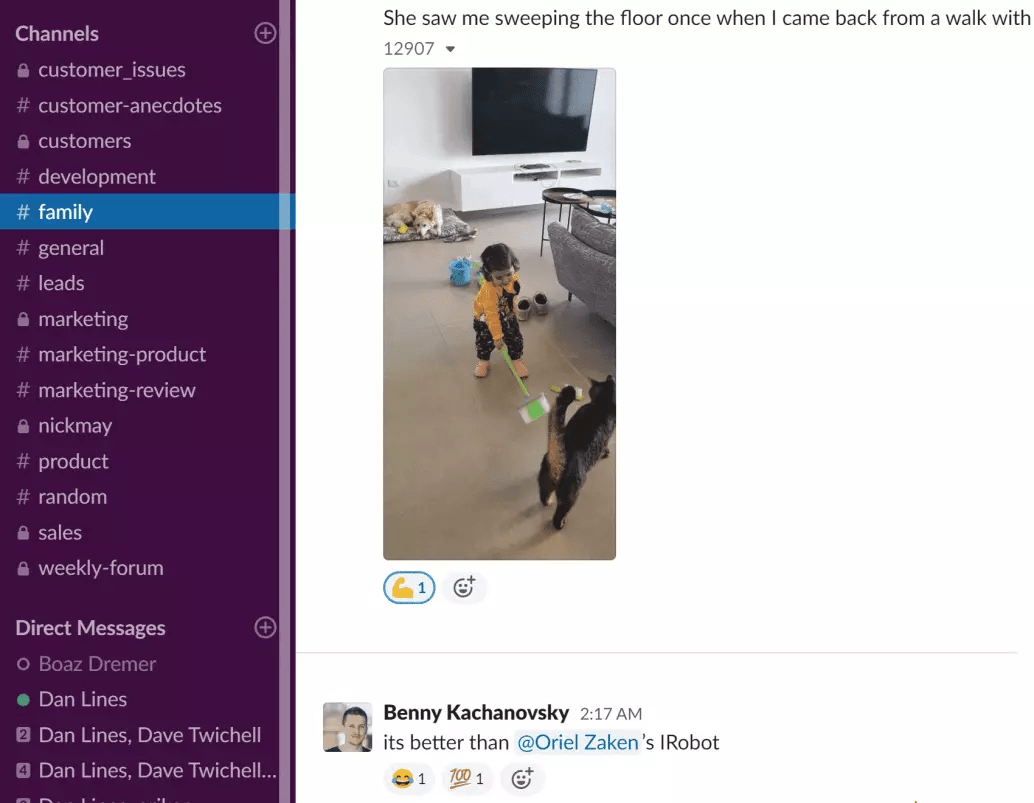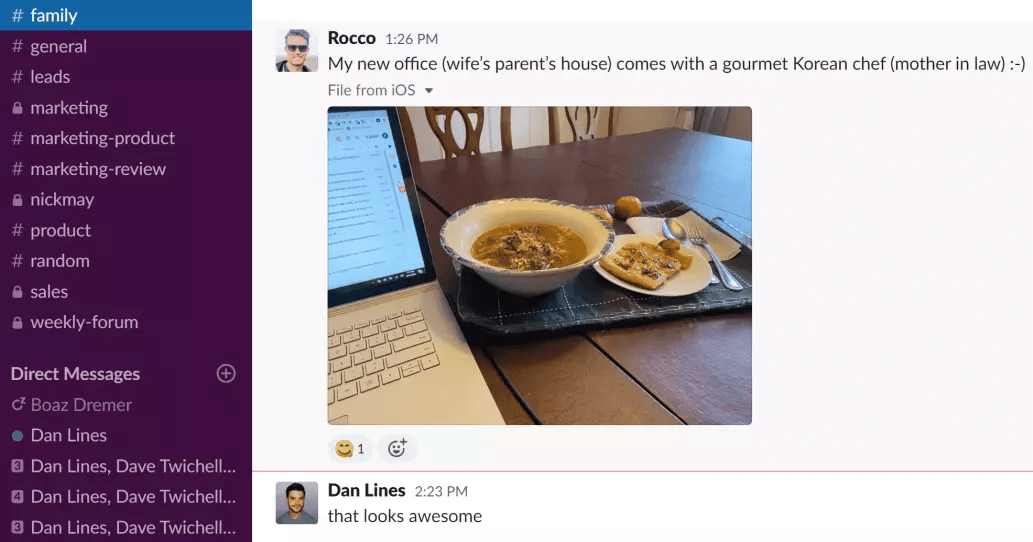| TL; DR | → It is harder to make new connections right now but it is possible and we have to try for the sake of each other. → Product-led growth is a popular go-to-market strategy for software companies because it puts customers first by emphasizing customer learning and buying experience versus the selling process. → For Product-led growth to succeed, dev teams and marketing teams need to have a direct relationship and line of communication. → Contrary to popular generalizations and cliches, devs and marketers follow similar working patterns and care about similar things. → When devs and marketers spend more time together, companies are more healthy and product-led growth can be a successful strategy. |
I joined a great start-up 8 weeks ago. So far I love it.
There’s 16 of us right now. 12 of the 16 are software developers. The other 4 including me do marketing, customer success and everything else.
We’re spread across two offices – one in Tel Aviv and one in LA. Like many of you, both of our groups were thrust in to remote work last week.
Developers definitely run the show at LinearB. And not just because they make up 75% of the company. We make an analytics dashboard to help engineering teams. Our whole mission is to help dev teams work together better. Our own dev team uses our product internally and we consider them customer zero.
We believe in product-led growth which is to say we’re focused on
1. building a great product that solves real-life customer problems
2. telling customers what our product does without a lot of fluff and
3. making it easy for them to try it, buy it, and use it.
I do marketing (creating videos, sending emails, writing blogs, etc.) and my focus the last 8 weeks has been to immerse myself in developer culture and process. I’ve never marketed to developers before so I had a lot to learn (still do). I’ve been talking to all of our customers including customer zero.
I have been told many, many times that developers are different. So I set out expecting to figure out what all of the differences were. I found out something… different.
I’ve met dozens of developers at this point and here’s what I think: developers and marketers are more similar than different.
We work the same
1. I like to be left alone while I’m working. If my headphones are on and I have a Google doc open, it means I’m writing. I’m trying to get in the zone. If you interrupt me when I’m on a roll, it’s disruptive. So if you need something please Slack me and I’ll get back to you later.
By the way, this is not entirely solved by remote work. Electronic notifications can be just as disruptive as a tap on the shoulder. Who here has ever broken through with a Slack notification or decided to text to get an urgent answer? 🙂

2. I’m an artist and a scientist. Most people think of marketing as a creative endeavor and of course that’s true. But modern marketing is also about using technology to scale and knowing your numbers so you can invest in the areas that drive the biggest return. Miki on our team describes himself as a code artist. Many outsiders view software development as pure engineering but a lot of devs I know embrace the art of it as well.
Our teams work the same
3. Our marketing team tries to be agile. We’re all about a rapid feedback loop. This is a start-up, after all. We learn new stuff every day and we try to incorporate what we learn into our messaging and tactics as quickly as we can.
4. We work in scrum.
5. We like memes making fun of people doing scrum wrong. Our marketing team likes all memes actually. And we’re determined to continue having fun at work right now.
My favorite scrum meme

My favorite non-scrum meme

6. We work in one-week iterations which we call sprints.
7. All of our work is on a Trello board.
8. We argue about the best way to organize our Trello board.
9. We’re not always great at updating our Trello board. Some of us are better than others 🙂
10. Our boss is constantly asking us to update our Trello board. Last week was the first time in a while our entire team took this seriously.
11. We struggle with accuracy in the planning process and we usually have carryover at the end of our sprints.
12. We have a hard time with our peer-review process. Ariel our dev team lead told me that devs love to write code but don’t like to read code. Same goes for marketers. We love to write and create but we don’t love reviewing other people’s stuff. This is one of the reasons we have carryover – we don’t forecast the impact of review cycles properly.
Review is even harder when you’re 100% remote. Last week we added some meetings to the calendar dedicated to giving each other feedback to ensure these conversations don’t fall through the cracks.
13. We have a lot of sprint churn. Which is another reason we end up with carryover work every week. It’s almost always because our CEO Ori has a great idea that can’t wait. He’s smart so we allow this.
I think everyone is dealing with churn right now. Our marketing plan for the year is being re-evaluated. As is our roadmap.
14. We use a stand-up meeting every day to talk about what we did the day before, what we’re doing today and how we’re blocked.
15. Our stand-up often goes longer than it needs to because I’m always trying to “design in the room” and everyone is always telling me to “take this offline”.
16. We have too many meetings. And we just added more meetings to make sure we stay connected while we’re all remote. We doubled the length of our daily stand-up to give us more time to discuss issues (instead of taking them all offline), we added dedicated feedback meetings to augment our digital review process and we “added mandatory fun” meetings where we just shoot the breeze and talk about light, fun things.
Normally our team doesn’t like tons of meetings but everyone on our team was bought in to the extra meeting time. Why? Not only do they give us an excuse to talk to each other, but they are a great mechanism for us review team metrics which helps us constantly make sure we’re working on the most important stuff.
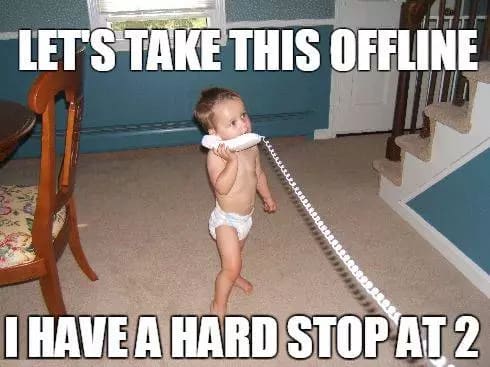
17. We need long periods of uninterrupted time to get in to the zone. To accommodate this, we’ve clustered all of the meetings mentioned above together to give ourselves longer periods of time to work without interruption and two full days each week without any meetings – except our stand-up which happens at the very end of the day.
18. We’re constantly evolving our process. In the last few weeks our marketing team changed the length and timing of our sprint cadence and combined our retro, backlog grooming and sprint planning in to a single “mega meeting”.
We’re motivated the same
19. I get excited when customers actually interact with something I made. I don’t summon features into existence like you, but I do create. For example, I use marketing tech called Drift to create no-code chatbots for our web site. I LOVE watching customers have conversations with the bot. It’s basically my favorite thing.
20. I want to be measured fairly. Not by arbitrary metrics that don’t reflect what I actually do. The king of arbitrary marketing metrics is the “marketing qualified lead”. They’re easy to game and don’t actually tell you anything about the health of your business. Noam on our team taught me the dev equivalent of this is measuring the number of code commits per day . We do track commits at LinearB but we don’t focus on it as a primary performance metric.
We’re annoyed by the same stuff
21. I have been known to roll my eyes when a product manager is giving a speech up on their soapbox. For the record, our product management lead at LinearB, Boaz, doesn’t do this 🙂
We buy the same way
22. I’m allergic to corny marketing and pushy sales pitches. I have almost no patience for it. I think that’s true of devs, marketers and basically everyone.
23. All humans hate PowerPoint slides.
Here’s why this matters… I’ve worked at a lot of SaaS start-ups and, until LinearB, I’ve spent very little time with our developers. And it’s not just me. Unless there’s a bug or some kind of urgent request from a customer, sales and marketing teams rarely talk to the dev team.
Here at LinearB I’m talking to our devs every day (virtually) and I’m already seeing tangible benefits to our business.
True product-led growth
Product-led growth is all the rage. It makes sense… build a great product, find people that need it, tell them what it does and make it easy for them to try it and buy it. But I think most companies are doing it wrong. Even if you don’t have sales people (especially if you don’t), you still need to attract potential customers to your site and convince them to try your product. How can you do that if your marketing team is not talking directly to your dev team? Marketing has a ton of feedback the dev team needs and visa versa. I’m not saying cut product management out of the middle. I’m saying that developers should be talking to the marketing team the same way they should be talking to customers. By doing this at LinearB we
- Deliver a better trial and initial onboarding experience to customers
- Share more succinct, more accurate messaging about our features
- Implement customer feedback and improvements faster
The best version of your culture
Culture is about getting everyone to agree on shared values. Humans can’t share values if they don’t share conversations and experiences. In order for people to work well together, they have to trust each other. In order for them to trust each other, they have to like each other. And you can’t like someone until you know them. Shared experience is the basis for all of this. If you thought it wasn’t possible to find a common language between your dev team and marketing team, now you know that’s not true. By connecting the two groups at LinearB we
- Understand each other’s goals better and help each other more
- Incorporate more diverse views in our brainstorming which leads to sharper decisions
- Have happier, more engaged people who learn more and get more out of their job
Remote connection?
It’s been a weird few weeks. Every day our ability to connect is being restricted. So how do we build connections and get to know new people when we can’t be in the same room as them? I’m not going to lie. It’s definitely harder. But it’s possible. It just requires intention. Here’s a few things that are working for us.
Turn on video. Every time. No matter what. Your co-workers also haven’t showered. It will be fine. The benefit of looking each other in the eye (even through a computer) is huge.
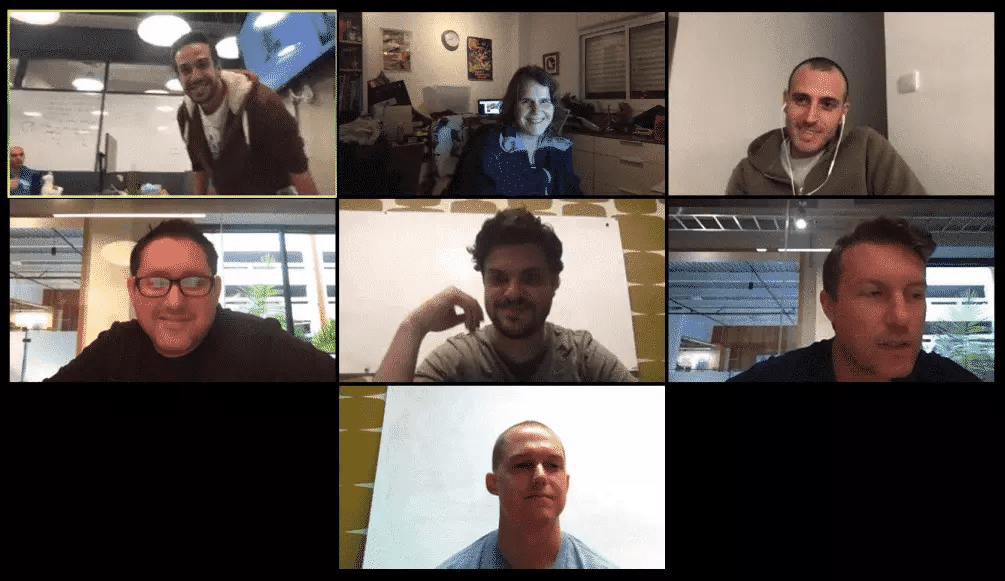
Introduce yourself through chat. Trust me. Your co-worker will appreciate the distraction. Everyone has a lot of thoughts and feelings about what’s happening right now. They will love an opportunity to commiserate.
Create a new Slack channel called “working from home” and post pictures there of what your environment looks like. Here’s some pics from our “family” Slack channel.
